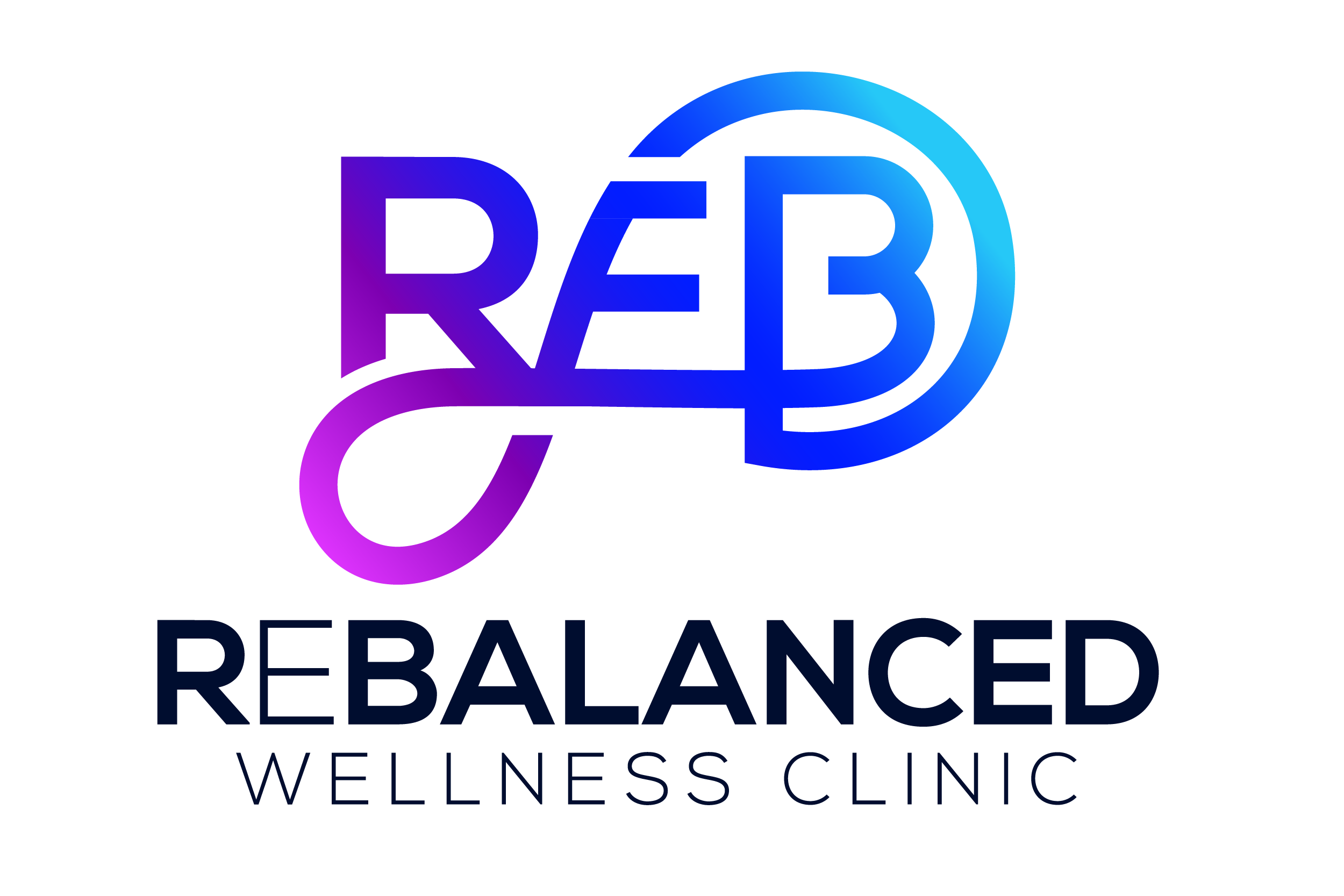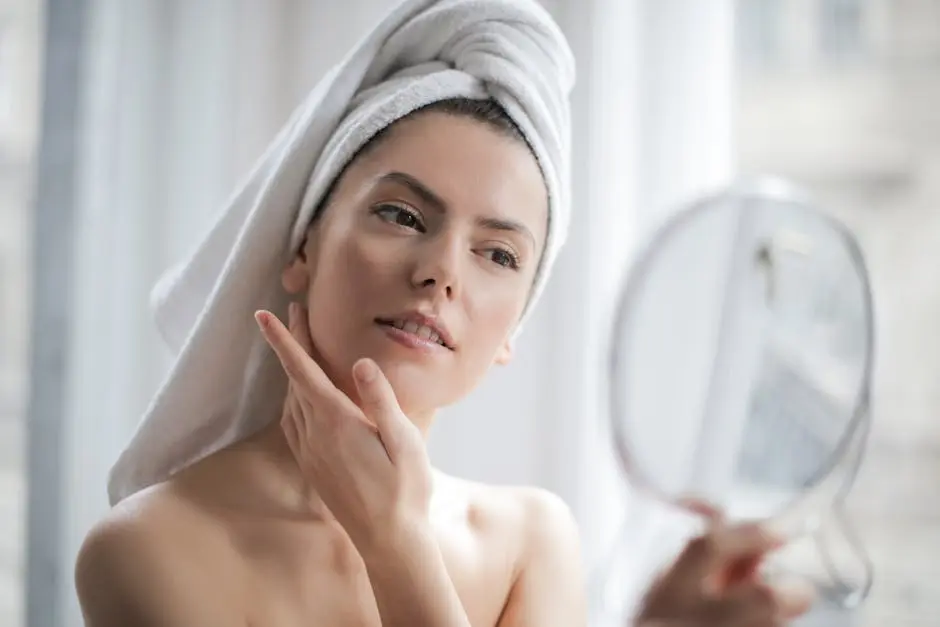Aesthetic solutions have become increasingly popular in recent years, offering individuals ways to enhance their appearance and boost their confidence. But just how safe are these treatments? In this blog, we explore the safety of aesthetic solutions, discussing key factors to consider and what you should know before proceeding with any procedure.
Understanding Aesthetic Solutions
Aesthetic solutions encompass a range of treatments designed to enhance appearance. It’s essential to understand what these treatments involve and their purpose. Initially, it may seem overwhelming with terms like Botox, dermal fillers, or laser therapy thrown around frequently. However, understanding these treatments starts with grasping their fundamental aim: to enhance one’s looks in a minimally invasive manner compared to surgical options.
These treatments vary widely from those that smoothen wrinkles, like Botox, to procedures that help with skin tightening and rejuvenation such as Ultherapy. Each serves a particular purpose, and knowing what you’re aiming for is the first step in selecting the right treatment.
Aesthetic solutions offer more than just physical improvements. They are often linked to increased self-esteem and improved mental health. Many individuals find that changing a personal feature they are uncomfortable with can significantly boost their confidence and how they perceive themselves daily.
Common Types of Aesthetic Treatments
From Botox to laser therapy, familiarize yourself with common aesthetic treatments and their specific functions. For instance, Botox is a well-known treatment for relaxing facial muscles that cause wrinkles. On the other hand, laser therapies are popular for skin resurfacing and hair removal.
Fillers are another prevalent treatment; they can add volume to lips, cheeks, or under-eye areas. Understanding what each treatment can achieve helps set realistic expectations and makes discussing these options during consultations easier. Reliable sources such as the Patient Safety in the Medical Aesthetics Industry provide insights into how these treatments are carried out safely.
Ultherapy, for instance, uses ultrasound technology to promote collagen production. It offers a non-invasive way to lift and tighten the skin offering long-lasting and subtle enhancements without surgery.
Assessing the Risks
Just like any medical procedure, aesthetic solutions carry certain risks. Learn about potential side effects and long-term implications by understanding the depth of these procedures. In rare cases, patients may experience allergic reactions, bruising or swelling post-treatment, or, more severely, issues due to incorrect application or inferior products.
Informed decisions begin by assessing these potential risks with your practitioner. A thorough understanding of what to expect will help you gauge if a particular treatment is right for you while ensuring that safety remains a priority.
Furthermore, many advancements in medical aesthetics have been aimed at reducing these risks. Technology and technique continue to improve, making many procedures safer than they were just years ago.
Choosing Qualified Practitioners
Selecting a qualified and experienced practitioner is vital. Look for credentials, reviews, and personal referrals to ensure safety. A reputable practitioner will have a verifiable background and should be willing to show evidence of their qualifications. They should also operate in a clean and professional environment, which is a marker of their commitment to patient safety.
Kim Nichols, MD, emphasized that even while the industry evolves with new treatments and therapies, the priority must always be patient safety, underscoring the importance of choosing knowledgeable practitioners with strong foundations in anatomy and aesthetics. Whether through attending professional organizations or continuously learning, staying updated with the latest practices differentiates the truly skilled professionals.
Practitioners like Kaitlyn Rahtelli, PA-C, who are board-certified, invest in continuous education around anatomy and safety measures, driving home the point that an aesthetic provider’s knowledge should always extend beyond just performing the procedure.
Importance of Consultation
A thorough consultation allows you to discuss expectations, evaluate your health status, and ask questions about the procedure’s safety. The practitioner’s role in this process is crucial as they offer insight and address any concerns you might have. A comprehensive understanding comes from these open dialogues where both parties can discuss the best avenues for achieving desired outcomes.
The consultation should also serve as a learning period about the methodologies involved. Today’s practitioners leverage technology to offer simulations or detailed explanations, ensuring clients are fully prepared before any treatment begins.
As Raquel Frisella, MSN advises, consultations are an integral part of making connections and setting realistic goals: ‘These conversations not only understand a patient’s health history but also pre-screen them to ensure they’re ideal candidates for the treatment sought.’ Her approach ensures an education-first process that lays the groundwork for an optimal experience.
Post-Treatment Care Tips
Post-treatment care is critical to achieve the best results and minimize any risks. Follow practitioner advice for recovery and follow-up care. This might include avoiding certain activities, applying specific topical products, or simply allowing yourself time to rest and heal.
Typically, your practitioner will offer guidelines tailored to your specific treatment. Ensuring that these instructions are adhered to can signify the difference between satisfactory and excellent results. For instance, simple routines can involve staying hydrated, wearing sunscreen to protect sensitive skin, or little known methods like avoiding exercise that might increase blood flow and swelling.
Making Safe Aesthetic Choices
In conclusion, while aesthetic solutions can offer significant benefits, it is crucial to prioritize safety by understanding the risks, choosing qualified practitioners, and maintaining realistic expectations. By doing your research and consulting with professionals, you can make informed decisions that align with your personal goals and guarantee a safer experience.

